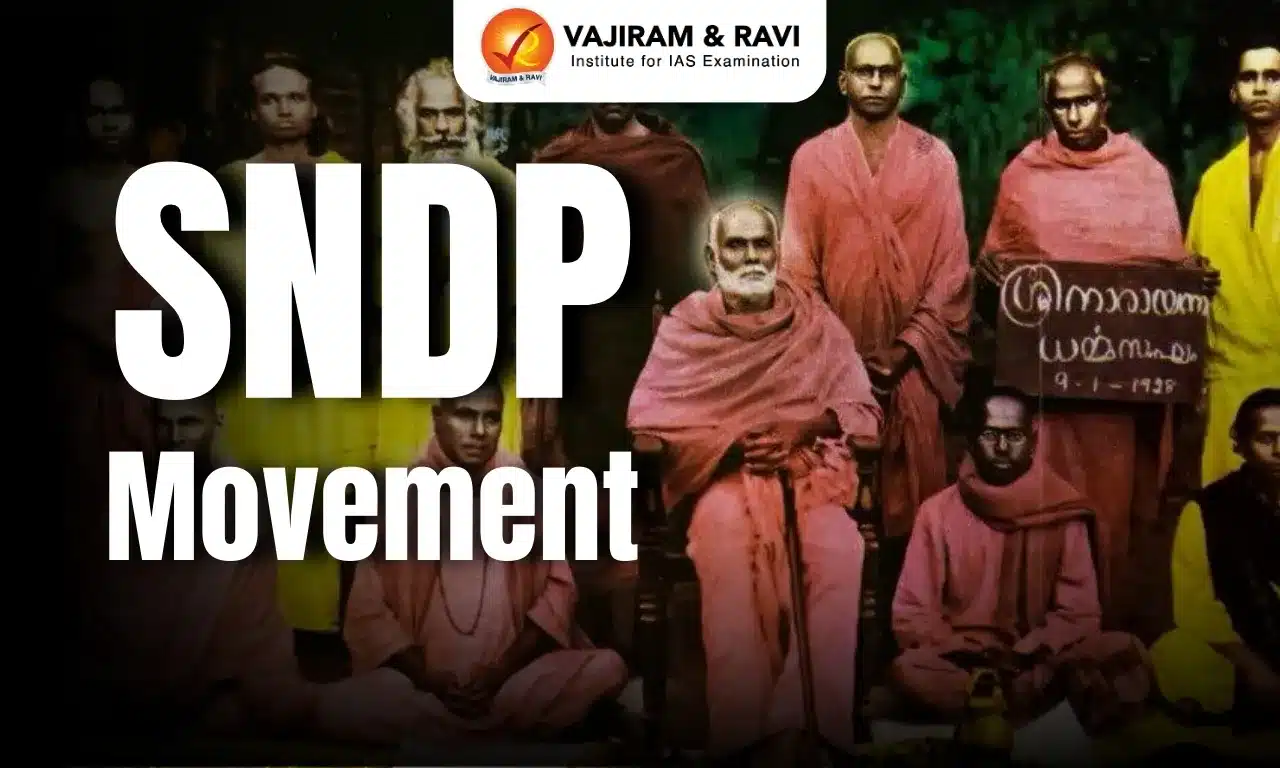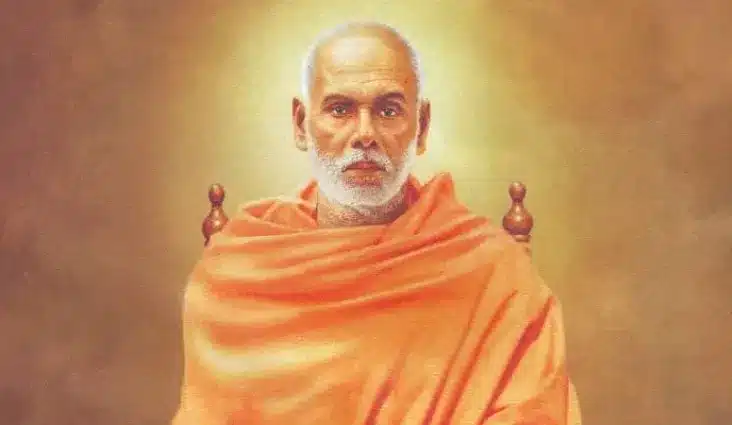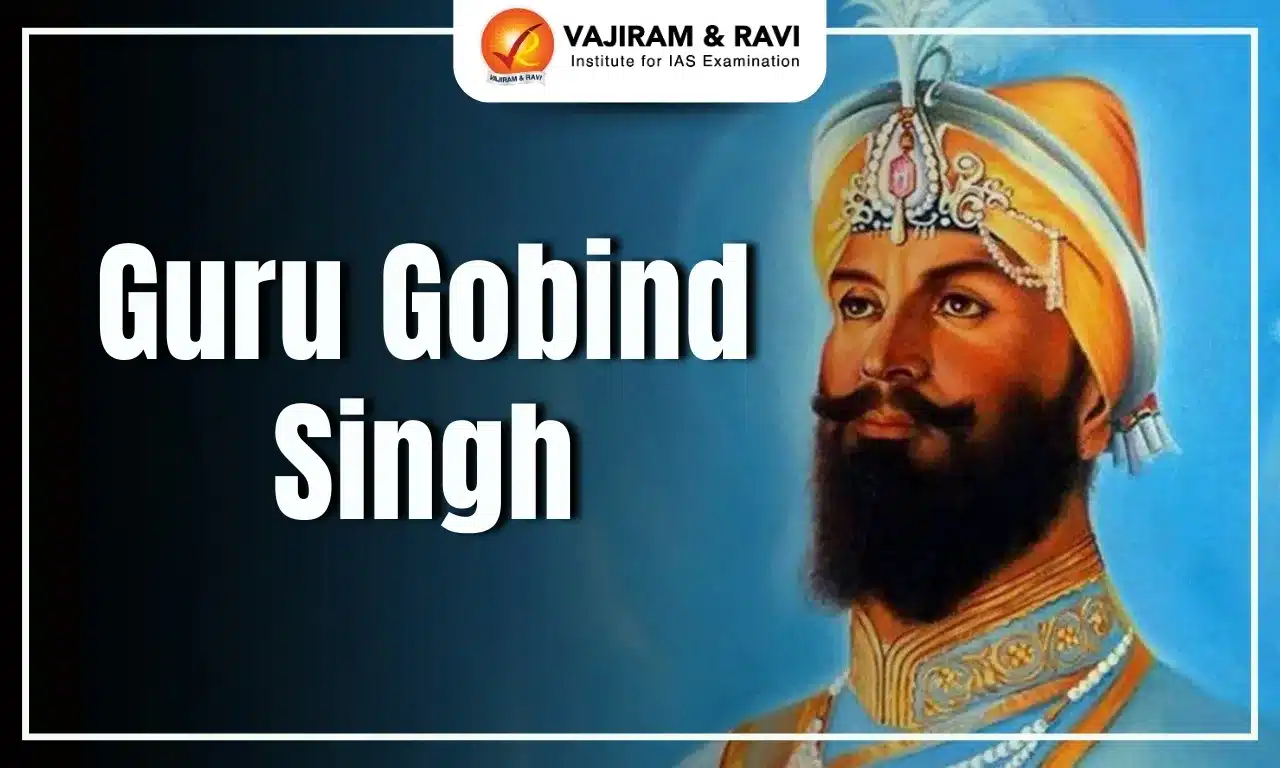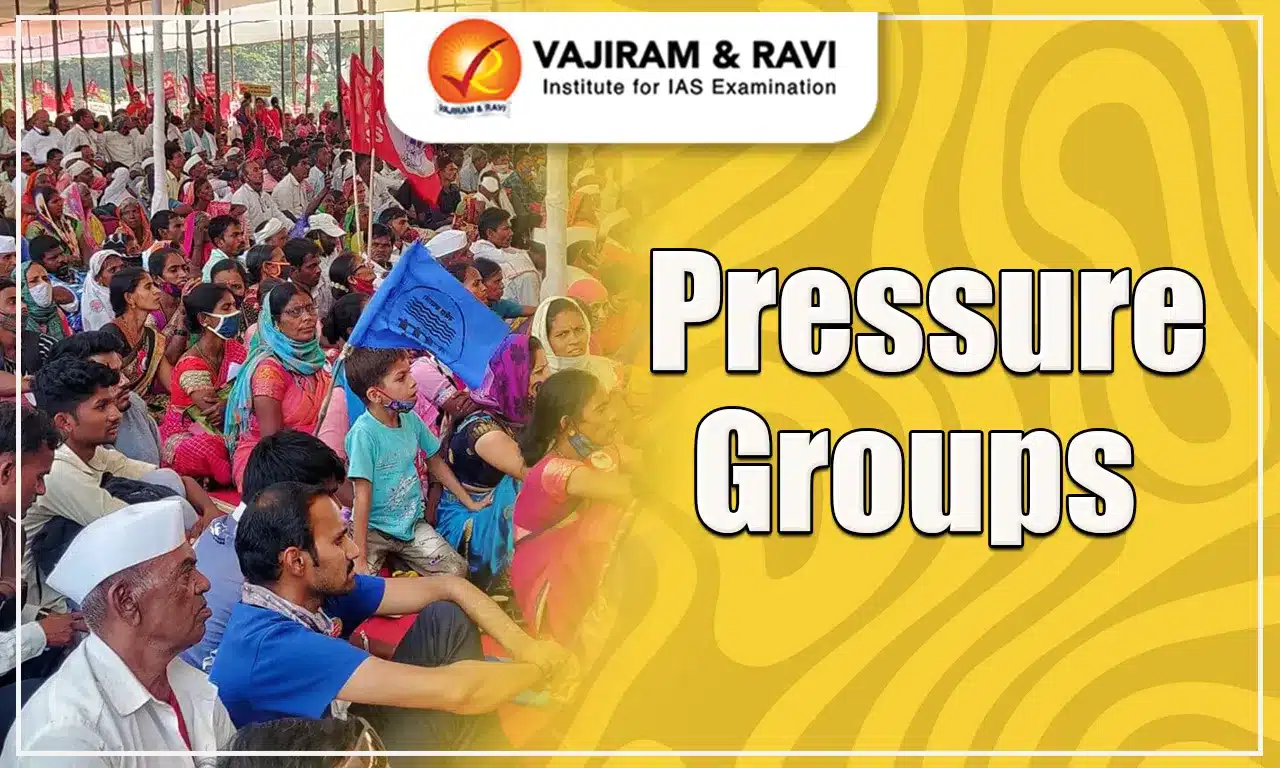SNDP Movement, Sri Narayana Guru Dharma Paripalana Movement, founded by Sree Narayana Guru, emerged in Kerala to challenge the oppressive caste system that marginalized the Ezhava community. Narayana Guru’s installation of a Shivalinga at Aravipuram in 1888, known as the Aravipuram Movement, was a significant act of defiance against caste-based restrictions, sparking the movement’s growth.
The SNDP Movement aimed to uplift the Ezhavas and other marginalized communities through education, social equality, and political representation. Leaders like Dr Palpu and poet Kumaran Asan played pivotal roles in advancing the movement’s goals and bringing transformative reforms to Kerala’s society.
SNDP Movement Evolution
Sri Narayana Guru Dharma Paripalana (SNDP) movement evolved from the Aravipuram Movement, a significant act by Narayana Guru in 1888, where he installed a Shivalinga at Aravipuram. This act defied caste-based restrictions on religious rituals, symbolizing a challenge to the social order. It marked the beginning of a movement focused on the social and spiritual upliftment of the Ezhava community, which comprised 26% of Kerala's population.
- In 1889, the Aravipuram Keshtra Yogam (AKY) was established to advance the material and spiritual development of the Ezhavas.
- Foundation of SNDP: In 1903, the SNDP was formally registered under the Indian Companies Act. Narayana Guru served as its permanent chairman, while Kumaran Asan, a renowned poet and disciple of Guru, became its general secretary.
- Dr. Palpu also played a crucial role in promoting social justice through movements like the Ezhava Memorial.
SNDP Movement Objectives
The SNDP movement aimed to empower the Ezhavas and other marginalized groups by promoting social equality, education, and political representation, ultimately seeking to dismantle the oppressive Caste System. This movement's primary objectives are:
- They oppose the predominance of Brahmanas and other upper castes in general.
- To enhance the position of the backwards castes in the Caste hierarchy by copying upper caste lifestyles, such as higher education and distinguished occupations.
- ‘Ethnic’ awareness and politicization were generally established as a result of these activities among diverse caste groups.
SNDP Movement Key Leaders
Sree Narayana Guru, a prominent social reformer, led the SNDP Movement to uplift the marginalized Ezhava community, promoting social equality, education, and spiritual enlightenment. Along with key figures like Dr Palpu and poet Kumaran Asan, the movement challenged caste-based discrimination and brought significant social reforms in Kerala.
Sree Narayana Guru
Sree Narayana Guru (1856–1928) was a prominent social reformer, philosopher, and spiritual guide, born on August 22, 1856, in Chempazhanty, a village near Thiruvananthapuram, Kerala, to Madan Asan and Kuttiyamma. He was a member of the Ezhava community, often referred to as ‘Avarna.’ He championed the principles of social equality, education, and spiritual enlightenment for all, regardless of caste or creed.
- Aruvippuram Movement (1888): Narayana Guru himself created a Shivalinga at Aravipuram a top Shivaratri in 1888, using a stone from the Neyyar river.
- He installed a Shiva idol at Aravipuram, symbolising resistance against social injustice, particularly the caste-based restrictions that barred lower castes from temple entry. He established Sivagiri Mutt in 1904.
- Literary Contributions: He authored several important works, including Advaitha Deepika, Atmavilasam, Daiva Dasakam, and Brahmavidya Panchakam.
- Philosophy: "Oru Jathi, Oru Matham, Oru Daivam, Manushyanu" translates to "One Caste, One Religion, One God for Mankind" and is a core message advocated by Shri Narayana Guru.
- Established SNDP: Under the Indian Companies Act, the Sri Narayana Guru Dharma Paripalana Yogam was established in 1903. He was appointed as the Chairman.
- The Ezhava’s right to attend public schools, access to government services, and political representation were all addressed by the SNDP.
Dr Palpu
Dr. Palpu, an Ezhava physician and philanthropist, proposed the formation of Ezhava Mahajana Sabha to fight for Ezhavas' rights. Inspired by Swami Vivekananda's advice, he collaborated with Sree Narayana Guru on developing Sree Narayana Dharma Paripalana Yogam. The organization was officially registered on May 15, 1903, with Dr. Palpu as Vice President.
Kumaran Asan
Kumaran Asan (1873-1924) was a renowned Indian social reformer, poet, and writer who played a vital role in the upliftment of the Ezhava community in Kerala. A disciple of Sree Narayana Guru, Asan joined the Sree Narayana Dharma Paripalana Yogam (SNDP) movement and served as its general secretary.
- His literary works often reflected the social inequalities of the time and advocated for the rights of the oppressed.
- Kumaran Asan further worked with other leaders like Dr Palpu to challenge the Caste system in India and bring about social change.
SNDP Movement Reforms
SNDP Movement, led by Sree Narayana Guru, emerged as a significant Socio-religious reform movement aimed at uplifting the marginalized Ezhava community in Kerala. Focused on eliminating caste-based discrimination, the movement promoted education, social equality, and religious rights. Through initiatives like fighting religious restrictions, improving access to education, and advocating for women's empowerment, the SNDP Movement transformed the social and spiritual welfare of disadvantaged communities.
SNDP Movement Educational Reforms
The SNDP movement played a key role in advancing education for the Ezhava community. It focused on eliminating barriers to education and employment with a focus on:
- Promoting Education: The movement saw education as a tool for social change and worked to improve access for the Ezhava community.
- Access to Schools: The SNDP fought for Ezhava children’s right to attend government and aided schools, challenging discriminatory practices.
- Women’s Education: The movement also advocated for opening schools for girls from the Ezhava and other marginalized communities, supporting overall community progress.
SNDP Movement Social Reforms
Sree Narayana Guru dedicated himself to the cause of social and moral regeneration of the backward communities in Kerala. The achievement of the SNDP Yogam in the direction of social reform is noteworthy.
- Fighting Social Injustice: The SNDP worked against superstitions, irrational customs, and the caste system, promoting social equality.
- Economic Benefits: The reforms not only improved the social standing of the Ezhavas but also brought economic advantages.
- Women’s Upliftment: Recognizing the role of women in social progress, the SNDP established a Women’s Association, with regular conferences during its annual meetings.
- Youth Empowerment: Understanding the significance of youth in shaping the future, the SNDP formed the Youth Association to engage and empower young people within the Ezhava community.
SNDP Movement Religious Reforms
A primary goal of the SNDP movement was to remove the religious restrictions imposed on the Ezhavas. The leaders concentrated on several initiatives, including:
- Countering Religious Discrimination: The SNDP Movement vigorously challenged the religious discrimination faced by the Ezhavas, particularly the denial of temple entry.
- Temple Entry Movement: The SNDP Movement was successful in opening roads around the Vaikom Temple to all castes, indicating their active involvement in this significant struggle for religious freedom.
- Construction of Temples and Ashrams: The SNDP Movement initiated the construction of new temples and ashrams in Ezhava, challenging the existing religious hierarchy and empowering the community to assert their religious rights.
(Read more about: Caste Movements in India)
Last updated on December, 2025
→ Check out the latest UPSC Syllabus 2026 here.
→ Join Vajiram & Ravi’s Interview Guidance Programme for expert help to crack your final UPSC stage.
→ UPSC Mains Result 2025 is now out.
→ UPSC Notification 2026 is scheduled to be released on January 14, 2026.
→ UPSC Calendar 2026 is released on 15th May, 2025.
→ UPSC Prelims 2026 will be conducted on 24th May, 2026 & UPSC Mains 2026 will be conducted on 21st August 2026.
→ The UPSC Selection Process is of 3 stages-Prelims, Mains and Interview.
→ UPSC Result 2024 is released with latest UPSC Marksheet 2024. Check Now!
→ UPSC Toppers List 2024 is released now. Shakti Dubey is UPSC AIR 1 2024 Topper.
→ Also check Best IAS Coaching in Delhi
SNDP Movement FAQs
Q1. Which movement was started by Sree Narayana Guru?+
Q2. What was the objective of the SNDP movement?+
Q3. What is the slogan of Sree Narayana Guru?+
Q4. Who was the President of SNDP Yogam?+
Q5. What was the Aruvippuram Movement of 1888?+


















